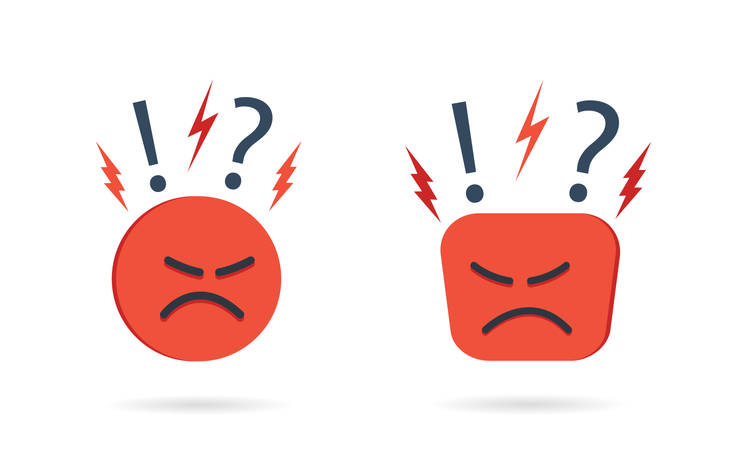
If you’re in business, you’ve likely encountered toxic people like these:
- The Unreasonable Demander. A small boutique clothing store had a customer who would come in regularly, try on numerous outfits and then demand special discounts for each item. She would threaten to leave negative online reviews if her demands weren’t met, and her behavior created tension among the staff. Despite the store’s efforts to accommodate her, she continued her demanding behavior, impacting staff morale and overall customer experience.
- The Eternal Complainer. A freelance graphic designer took on a client for a logo design project. Despite presenting several high-quality concepts, the client consistently found flaws and requested revisions. The client’s feedback was often vague and contradictory, making it impossible for the designer to meet their expectations. After months of revisions, the client still wanted more, and the project had to be terminated, resulting in lost time and income for the designer.
- The Social Media Outburst. A small restaurant served a customer, who was unsatisfied with their meal. Instead of addressing the issue with the staff, the customer took to social media and posted exaggerated negative comments about the restaurant’s food and service. The post gained traction, and the restaurant had to dedicate resources to manage the online fallout, even though they were willing to address the customer’s concerns if given the chance.
- The Payment Procrastinator. A web development agency had a client who repeatedly delayed payments for completed milestones, using various excuses each time. The client would promise payment soon but constantly miss deadlines, causing financial strain for the agency. Despite multiple discussions about the importance of timely payments, the client’s behavior persisted.
- The Scope Creep Specialist. A marketing agency signed a contract with a client to manage their social media accounts. As the project progressed, the client continuously added new platforms and services without adjusting the budget. The agency’s team found themselves doing significantly more work than initially agreed upon without any increase in compensation.
- The Manipulative Negotiator. A real estate agent’s client would repeatedly ask for concessions and discounts by using emotional tactics. The client would share personal stories and guilt-trip the agent into lowering their commission or offering additional services. Despite the agent’s best efforts, the client’s manipulation tactics strained the business relationship.
Here are some other examples of toxic customer and client behaviors:
- Abusive language and behavior. Customers who use offensive or abusive language, verbally attack employees or engage in aggressive behavior can create a hostile environment for your staff.
- Never satisfied. Some customers are perpetually dissatisfied no matter how much effort you put into meeting their needs. They may complain about minor issues and refuse to acknowledge any attempts to rectify the situation.
- Unrealistic expectations. Customers who expect immediate responses, 24/7 availability or unrealistic results can put undue pressure on your team and cause burnout.
- Manipulative tactics. Some customers may use manipulation, guilt-tripping or emotional tactics to get what they want, even if it’s beyond the standard terms of the business relationship.
- Public shaming. Customers who take their dissatisfaction to social media or online review platforms in an exaggerated or inflammatory way can harm your business’s reputation.
- Boundary violations. Clients who invade personal space, ask inappropriate personal questions or display stalkerlike behavior can make employees uncomfortable.
- Incessant micromanaging. Clients who constantly micromanage every aspect of the project or process, demonstrating a lack of trust, can hinder productivity and creativity.
- Unreasonable returns/refunds. Customers who frequently return items without valid reasons or demand refunds for products/services they’ve already used can lead to financial losses.
- Ignoring terms and policies. Some customers disregard your terms of service, refund policies or contractual agreements and then become confrontational when asked to adhere to them.
Toxic customers and clients can be challenging and negatively impact a business or professional relationship.
For ideas on managing toxic customers like these, read another of my recent posts for SmartBrief.
Naphtali Hoff, Psy.D., is an executive coach and president of Impactful Coaching and Consulting. He can be reached at 212.470.6139 or at [email protected].
Opinions expressed by SmartBrief contributors are their own.
_________________________
Subscribe to SmartBrief’s FREE email newsletter on leadership. It’s among SmartBrief’s more than 250 industry-focused newsletters.
